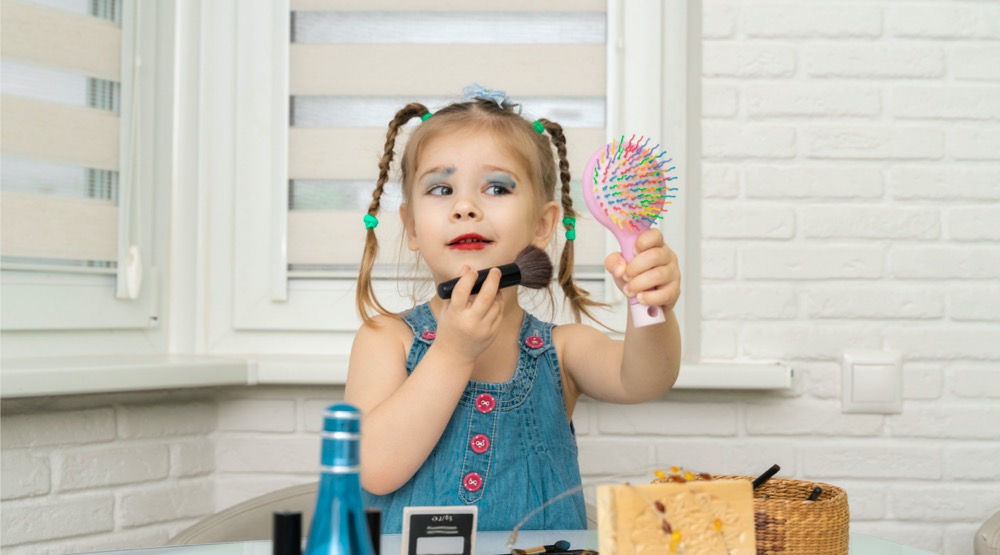When Prime Minister Scott Morrison announced the free childcare scheme in April, the relief could be felt across the country. And perhaps some of the biggest sighs of relief came from small business owners, struggling with the reality of how they could continue to run their locked-down business and pay exorbitant childcare fees at the same time.
The three-month freeze on childcare fees allowed salon owners to carry on, and when businesses slowly re-opened, it also allowed them to return to their place of work. “Many of these salon owners were forced to put in extra days or hours at work because they’d had to let their staff go,” says business analyst, Jaime Curtin. “And having access to that free childcare meant this was a possibility.”
But when the scheme ended in June, working parents found themselves back in an impossible position: continue to pay daycare fees and slug it out at a salon that was struggling to make ends meet, or cancel their children’s enrolments, and stay home, leaving their business to suffer.
“It’s a decision that no parent or business owner should be forced to make,” says Jaime. “No one wins when parents aren’t able to afford care for their children.”
Cue the launch off the Make It Free campaign, a movement led by 52 business owners – including salon owners – to encourage the government to provide permanent, highly subsidised childcare.
“The devastating economic impact caused by COVID-19 has just exacerbated how unaffordable it is, while simultaneously proving how invaluable and essential it is,” said Dee Behan, co-founder of Make It Free.
Australian Small Business and Family Enterprise Ombudsman Kate Carnell has thrown her support behind free childcare, pointing to a new report by the Grattan Institute that puts forward an economic case for childcare that is at least affordable.
The report estimated that an overhaul of the childcare subsidy system would add $11 billion to the GDP per year and increase hours works by 13 per cent.
As a result, the Grattan Institute recommended that the federal government invest an extra $5 billion per year on childcare subsidies.
“Thirty-eight per cent of small businesses are owned and operated by women and that number has been growing,” Ms Carnell said.
“Many of these women are mothers who rely on childcare as they work to get their businesses back up and running again. For those surviving on JobKeeper, childcare fees are unaffordable. That means one parent — mothers more often than not — needs to spend more time at home. It’s bad for business and even worse for the economy.”
Ms Carnell also pointed to the report’s “workforce disincentive rate”, something she said leads many mothers to work three- or four-day weeks because working an extra day would offer virtually no take-home pay.
“The report shows that under the current system, a family with two kids in childcare on $60k FTE — the primary carer gets $2 per hour for day four and nothing for day five,” she said.
“There’s no doubt that affordable childcare would allow more women to work on growing their businesses, which would deliver productivity gains.”
Visit the #BEAUTYSTRONG hub at https://www.professionalbeauty.com.au/beautystrong/
For more news and updates, subscribe to our weekly newsletter.

